Creating Curb Appeal with Stucco

Curb Appeal.
What exactly is it?
Curb appeal is the first impression that a person will have when they see your home from the street. It also has to do with the “pride of place” you feel when you drive or walk up to your home. Does it blend with all the others on the block, or have you made it uniquely yours? When you invite family and friends to visit for the first time, do you feel proud of your home’s welcoming exterior?
You should—most likely, your home is your biggest investment. Surprisingly, the things you can do to maximize its attractiveness to you, your friends and family, and its potential value someday to buyers, are relatively inexpensive…starting with its color and texture.
Stucco Systems 101
There are two- and three-coat systems, but all stucco systems start with the application of a plaster-like compound. The top or final coat is called the finish coat, which can be cement or acrylic-based. The final coat can pre-tinted with the color of your choice, a method that is often preferred because it provides a flexible, durable top coat that is moisture- and weather-resistant.
Choosing Your Color
For many people, stucco is a great exterior option. Choosing the right stucco color and texture for your home’s exterior can make a dramatic difference in your home’s appearance. Many people tell us they find choosing colors for the interior and exterior living spaces daunting. Try not to be overly concerned about this. After all, stucco is remarkably easy to paint over should you not be thrilled with your first attempt.
There are three things about your home to take into account when selecting a color:
Environment
Before you drill down to the actual shade you want, think about the effect you want to create. If you live in a wooded area, you need to decide if you want to blend into the forestry and foliage with natural greens, grays, or browns…or if you want to create some contrast with white or ivory so your house pops out of its surroundings.
Even if you fall in love with a certain shade, purchase an array of lighter and darker samples for comparison. Like indoor finishes, the intensity and hue of stucco can change with shifting light and exposure. Colors can also vary widely based on textures, so try to apply these color samples to the same material that forms the substrate of your home. That soft mint green shade can skew neon lime in full sun as quickly as the subtle peach turns into an over-ripe tangerine on a south wall. Compare your choices at different times of day to see which you really prefer—before you cover your home’s entire exterior with 2,500 square feet of it.
Design
The design of your home is also an important factor in choosing whether you choose stucco as an exterior finish, and—if so—what color it should be. Stucco is a versatile material with many applications, but it is most often used to create an “English cottage” look, or a Mediterranean or Spanish-style vibe. Pale neutrals such as light gray, tan, white, or ivory work well for the cottage, Mediterranean, or island style, while peach or darker earth tones create a Spanish or Southwestern feeling.
Personality
Ask yourself, “Is self-expression and individuality at the top of my list…in the clothes I wear, the jewelry I choose, and the place I live?” If you really want a wow factor, there’s nothing stopping you from painting your stucco sky blue, Bermuda pink, or canary yellow. Just create a large sample of this dramatic shade and check it out. Do you like how it works in the surrounding environment and with your home’s design? How will you feel driving or walking up to it every day. If it will make you smile, you’ve found your color—go for it!
Whether you’re adding stucco to your home’s exterior or changing the color of old stucco, the color you choose dramatically affects your home’s curb appeal. Enjoy choosing the shade and texture that you like best—and remember: at the end of the day, the finish coat is just paint!
